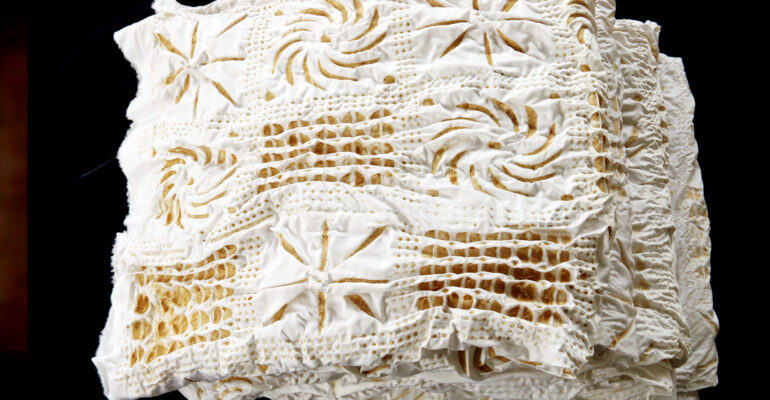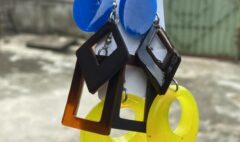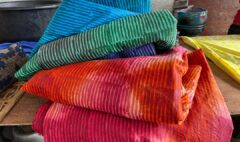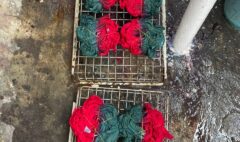From Indigo to Income: Master Adire Resist-Dye and Turn Textiles into a Thriving Brand
From Indigo to Income: Master Adire Resist-Dye and Turn Textiles into a Thriving Brand
From Indigo to Income: Mastering Adire Resist-Dye
Adire, a Yoruba resist-dye tradition, is more than craft—it’s history, identity, and business. Once sustaining women-led economies in Abeokuta and Ibadan, it now resurges as buyers worldwide seek authenticity over mass production.
Cultural Roots
Adire patterns carry names, prayers, and politics. Respect means crediting origins, paying artisans fairly, and keeping sacred motifs intact. Appreciation is responsibility, not just aesthetics.
Starting Out
- Materials: cotton, raffia/thread, cassava paste, indigo vat, safety gear.
- Budget: ~$140–$300 for a 20-scarf pilot.
- Workspace: ventilated, safe, with proper waste management.
Process Overview
- Prep & scour fabric.
- Apply resist (tying, stitching, stencils, or clamping).
- Build indigo vat, dip fabric, oxidize, repeat.
- Rinse, neutralize, dry, and finish with hems and labels.
- Test for quality—no raw edges, no dye rubbing off.
Design & Branding
- Limit early motifs, document recipes, build mood boards.
- Tell an authentic brand story—credit teachers, origins, and methods.
- Use ethical photography and eco-friendly packaging.
Business & Sales
- Products: scarves, bandanas, totes, cushion covers, yardage.
- Pricing: scarves cost ~$10 to make, retail $25–30, wholesale $12–15.
- Sales channels: markets, Etsy/Shopify, social media reels, boutiques, designers.
- Marketing: behind-the-scenes, style tips, cultural education.
Scaling & Sustainability
- Standardize recipes, train apprentices, use inventory systems.
- Reuse water, compost starch waste, turn offcuts into small products.
Profit Example (20 Scarves)
- Total cost: $214
- Revenue: $540 (Retail + Wholesale)
- Profit: $326 (~60% margin)
- Break-even: 8–9 scarves
- Reinvestment: tools, marketing, new designs
Takeaway
Building an Adire brand means carrying cultural stewardship and business growth together. Done with skill and respect, it can revive heritage while creating sustainable income.










